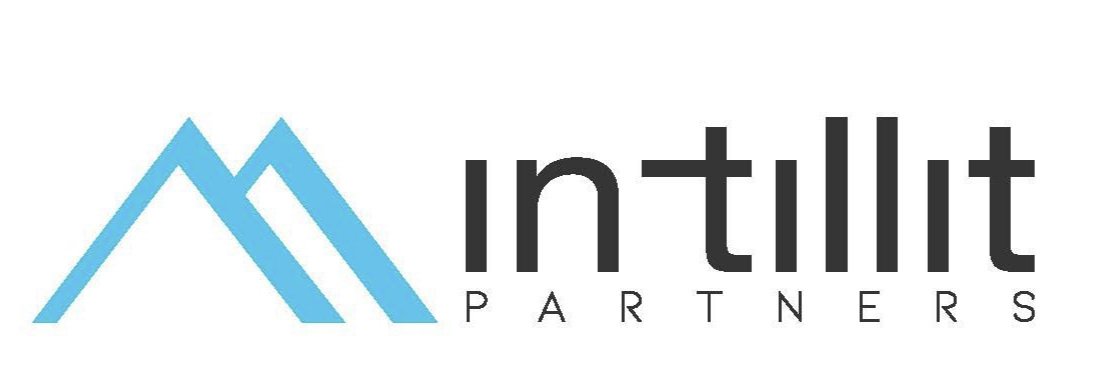more global conflicts implications on mfg
Global geopolitical tensions are mounting as conflicts flare across multiple fronts, and their ripple effects are being felt far beyond the battlefields. The protracted Russia–Ukraine war has already disrupted global commodity flows, while new skirmishes between Israel and Iran threaten critical energy and shipping arteries in the Middle East. Together, these overlapping crises are reshaping the landscape of manufacturing, supply chains, and broader economic stability—forcing businesses to rethink sourcing, logistics, and risk management in an era of unpredictable volatility.
Russia–Ukraine: Raw Materials and Logistics Under Strain
Since early 2022, the Russia–Ukraine conflict has choked off significant supplies of key industrial metals such as nickel, palladium, and aluminum, as well as agricultural staples like wheat and sunflower oil. Manufacturers that once relied on steady shipments from Black Sea ports have been forced to scramble for alternative suppliers, driving up input costs and extending lead times. Logistics providers are rerouting around conflict zones via longer, more expensive trans-Arctic and Mediterranean corridors, causing container shortages and freight-rate spikes. These added expenses ripple through every stage of production, squeezing profit margins and prompting facility managers to keep lines idle rather than operate at a loss.
Israel–Iran Tensions: Energy, Shipping, and Insurance Ripples
Beyond the Ukraine war, the specter of military exchanges between Israel and Iran has sent shockwaves through global energy markets. The Strait of Hormuz—a chokepoint for roughly 20% of world crude oil—becomes a flashpoint whenever missile launches or naval patrols intensify. Spot Brent prices jump on any hint of disruption, fueling inflationary pressures for energy-intensive industries like steel, chemicals, and automotive. Insurance premiums for tankers and container ships surge, and some carriers reroute around Africa’s Cape of Good Hope, adding weeks to transit times. The result is a precarious balancing act: plants must weigh the cost of higher fuel and freight against the risk of stock-outs.
Cascading Effects: Inflation, Financing, and Investment
When energy and raw-material costs climb, inflation follows. Central banks respond with tighter monetary policy, pushing up interest rates and making capital more expensive for manufacturers seeking to expand or upgrade equipment. Supply-chain finance programs tighten as lenders reassess counterparty risk, prompting CFOs to extend payables or build larger cash buffers. Investor sentiment also shifts, with portfolio managers favoring defense, infrastructure, and renewable-energy plays over cyclical manufacturing stocks. In short, the cost of doing business in a geopolitically fractured world extends well beyond sticker-shock at the pump.
Beyond Goods: Cyber, Talent, and Regulatory Headwinds
Modern supply chains are as digital as they are physical, and high-profile cyberattacks often accompany state-sponsored conflict. Malware targeting industrial-control systems can halt assembly lines or corrupt quality data, while phishing campaigns prey on remote-work forces spread across time zones. Talent shortages deepen as engineers and technicians pivot to “essential” sectors, and visa restrictions slow cross-border project collaboration. Meanwhile, governments impose export controls on dual-use technologies—from semiconductors to advanced robotics—forcing manufacturers to secure specialty licenses or source domestically at premium prices.
Building Resilient Operations for a Fragmented World
In this environment, resilience is more than a buzzword—it’s a survival imperative. Manufacturers are diversifying supplier portfolios across multiple regions, establishing buffer-stock programs for critical components, and investing in digital twins and predictive-analytics platforms to model disruption scenarios before they occur. Nearshoring strategies are gaining traction, with facilities relocated closer to end markets to reduce freight risk. Companies are also reengineering processes for greater flexibility: modular production lines, interchangeable tooling, and multi-skilled operators enable rapid product changeovers when material availability shifts.
Conclusion: Proactive Risk Management as Competitive Advantage
The confluence of the Russia–Ukraine war, Israel–Iran hostilities, and other simmering conflicts means that instability is the new normal for global manufacturing and supply chains. Firms that wait for disruptions to strike before reacting will find themselves playing perpetual catch-up. By adopting a proactive risk-management framework—combining data-driven forecasting, strategic inventory policies, and agile operating models—organizations can not only weather these geopolitical storms but emerge stronger, more adaptable, and ready for whatever challenges lie ahead.
